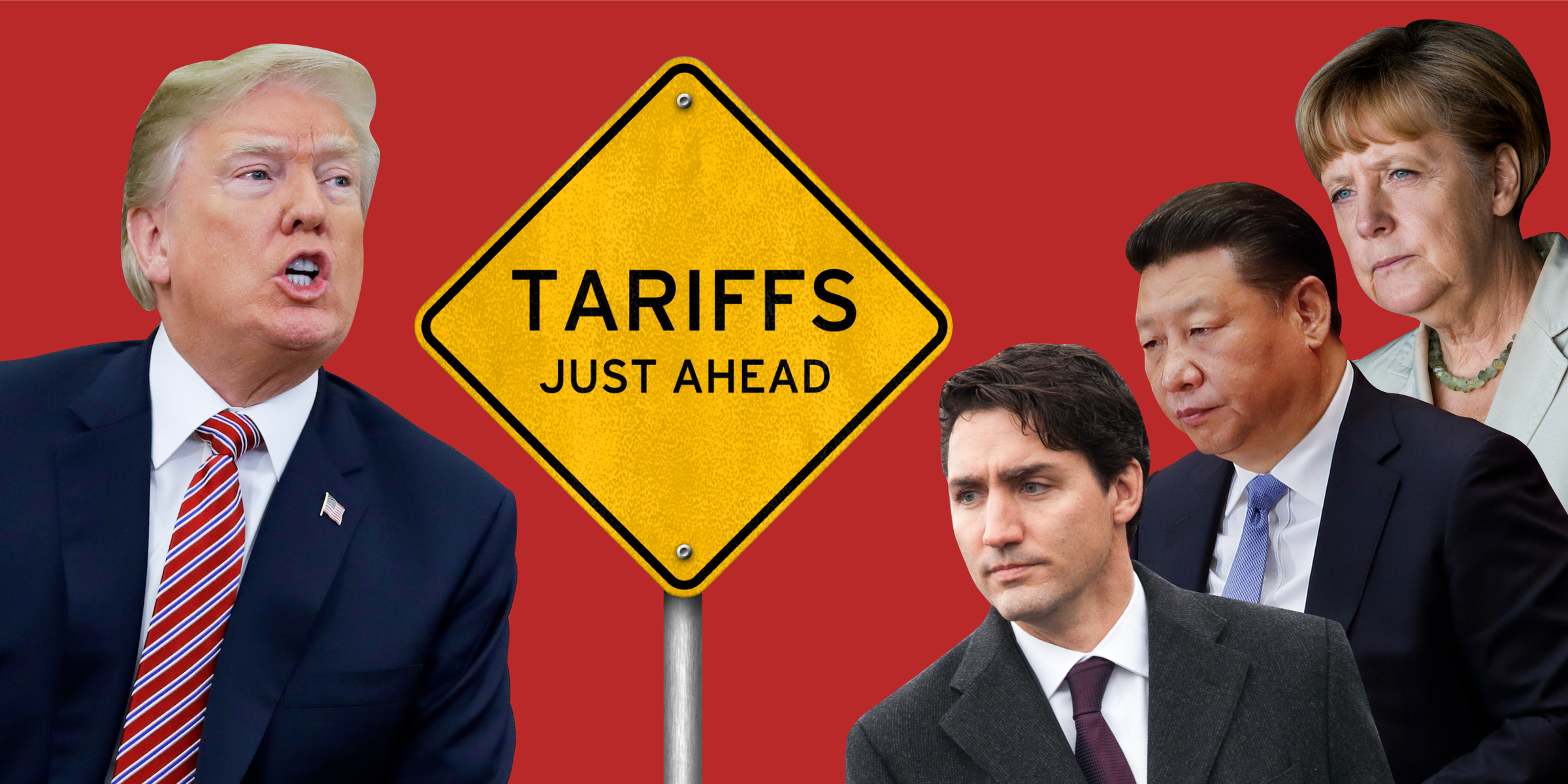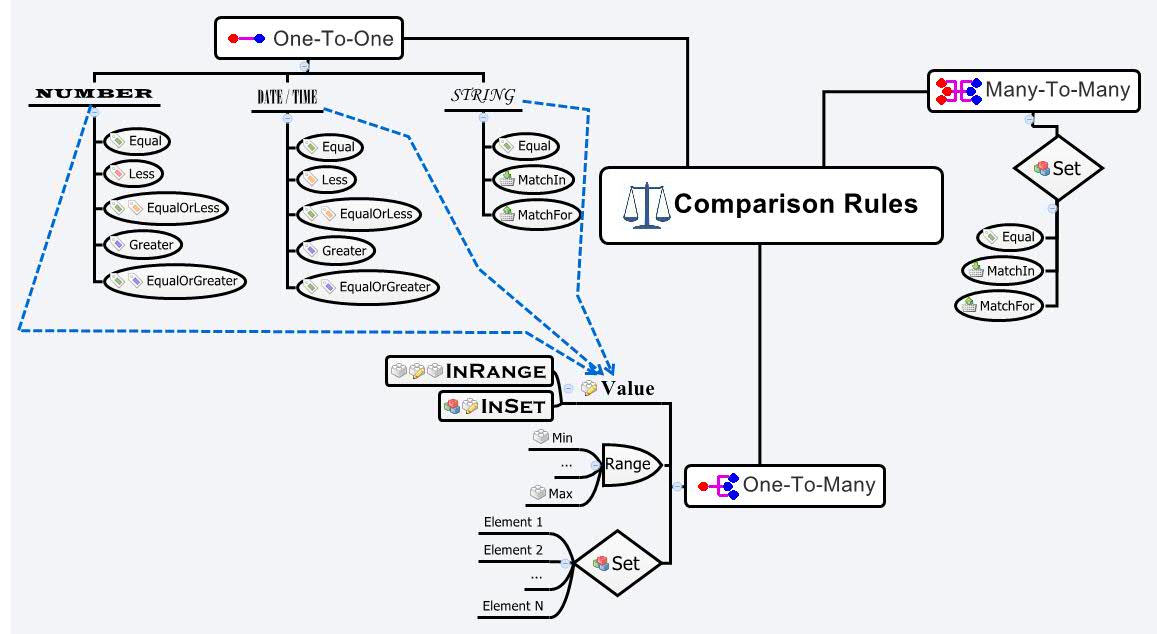Analysis: Japan's Steep Bond Curve And Its Economic Consequences

Table of Contents
Understanding Japan's Steep Bond Curve
Defining the Yield Curve and its Steepness
The yield curve graphically represents the relationship between the interest rates (yields) and the time to maturity of debt securities with the same credit quality. A "normal" yield curve slopes upward, indicating that longer-term bonds offer higher yields to compensate investors for the increased risk associated with longer maturities. However, Japan's yield curve has become notably steep, a situation where the difference between short-term and long-term Japanese Government Bonds (JGBs) yields is exceptionally large. Currently, we see a substantial gap between the yields of short-term JGBs, near zero due to the Bank of Japan's (BOJ) monetary policy, and longer-term JGB yields, which have risen significantly, though still remaining relatively low compared to global standards. This widening gap is the core of what constitutes Japan's steep bond curve.
The Role of the Bank of Japan (BOJ)
The BOJ's monetary policy plays a crucial role in shaping the yield curve. For years, the BOJ implemented aggressive quantitative easing (QE) programs, purchasing vast quantities of JGBs to keep long-term interest rates low and stimulate economic activity. The BOJ's Yield Curve Control (YCC) policy aimed to maintain ultra-low short-term interest rates and control the 10-year JGB yield around zero.
- BOJ's quantitative easing (QE) program: This involved massive purchases of JGBs to inject liquidity into the market and lower long-term interest rates.
- Yield Curve Control (YCC) policy: This policy aimed to control the yield on 10-year JGBs, effectively setting a target rate.
- Effectiveness and limitations: While initially successful in suppressing long-term yields, the YCC policy has faced increasing challenges, particularly as inflation expectations have risen, leading to pressure for higher yields on longer-term JGBs. The effectiveness of the BOJ's interventions is being questioned as the bond curve steepens despite these efforts. The unintended consequence has been the widening gap between short-term and long-term rates – the steepening bond curve.
Economic Consequences of a Steep Bond Curve
Impact on Borrowing Costs
A steep yield curve significantly impacts borrowing costs for businesses and consumers. The increased difference between short-term and long-term rates translates to higher borrowing costs for corporations seeking long-term financing for investments and expansions. This makes capital expenditures more expensive.
- Increased borrowing costs for corporations: Higher long-term interest rates reduce profitability and increase the risk of investment projects, potentially slowing down capital investment and business growth.
- Potential impact on consumer spending: Increased mortgage rates and other consumer loan rates may dampen consumer spending, negatively affecting overall economic activity.
- Effect on infrastructure projects: Higher long-term interest rates can make large-scale infrastructure projects more expensive and less feasible, slowing down much-needed investments in Japan's infrastructure.
For example, increased borrowing costs could hinder the development of new technologies or the expansion of existing businesses.
Implications for Inflation
The steepening bond curve has complex implications for inflation. While the BOJ aims for a 2% inflation target, a steep curve might fuel inflation in some sectors, yet, it may not be beneficial for the Japanese economy as a whole, leading to potential stagflationary pressures.
- The potential for higher inflation (or continued deflation): The steep curve can signal growing expectations for future inflation. However, the increased borrowing costs could simultaneously dampen demand, potentially counteracting inflationary pressures.
- The challenges of achieving the BOJ's inflation target: The increased borrowing costs caused by the steep curve create headwinds for achieving the BOJ's inflation target, making it a more challenging goal.
- Risks of stagflation: If the steep curve leads to a simultaneous slowdown in economic growth and an increase in inflation, Japan could face the risks of stagflation, a combination of slow economic growth and high inflation.
This situation creates a dilemma for the BOJ, as actions to control the curve could hamper economic growth while inaction may lead to uncontrolled inflation.
Potential Solutions and Future Outlook
Policy Options for the BOJ
The BOJ faces several policy options to address the steepening bond curve. These include adjustments to its YCC policy, a gradual tapering of its QE program, and improved communication strategies to manage market expectations.
- Adjustments to YCC: The BOJ could widen the acceptable range around its 10-year JGB yield target, allowing for greater flexibility in the market.
- Gradual tapering of QE: Reducing the pace of JGB purchases could allow long-term yields to rise gradually, potentially easing the steepness of the curve.
- Communication strategies to manage market expectations: Clearer communication from the BOJ regarding its policy intentions could help stabilize market sentiment and reduce volatility.
Each of these options carries risks. Modifying YCC could lead to greater market volatility, while tapering QE could raise borrowing costs and potentially slow down economic growth. Effective communication is crucial to minimize negative market reactions and maintain confidence in the BOJ's policies.
Long-Term Economic Implications
The long-term consequences of Japan's steep bond curve are significant. The persistent steepness of the curve presents ongoing challenges for sustainable economic growth and fiscal sustainability.
- Sustained economic growth potential: The higher borrowing costs associated with a steep curve could hinder investments and economic expansion.
- Fiscal challenges of an aging population: Japan's aging population and increasing government debt make managing fiscal policy more challenging under higher interest rates.
- Impact on government debt: A steep yield curve will increase the cost of servicing Japan's large public debt.
The path Japan chooses to navigate this challenge will profoundly impact its long-term economic trajectory. Failure to address this issue effectively could significantly hamper the nation's economic prospects.
Conclusion
The steepening of Japan's bond curve presents significant challenges to the nation's economic stability and requires careful consideration by the BOJ. The consequences range from increased borrowing costs to potential inflationary pressures, highlighting the need for a well-defined strategy. Understanding and actively monitoring Japan's steep bond curve is crucial for investors, policymakers, and anyone interested in the future of the Japanese economy. Further research and analysis are vital to navigating this complex economic landscape effectively. Stay informed about developments in Japan's bond market and the BOJ's policy responses to mitigate the risks associated with this significant trend.

Featured Posts
-
 Uber Stock Soars Analyzing Aprils Double Digit Gains
May 17, 2025
Uber Stock Soars Analyzing Aprils Double Digit Gains
May 17, 2025 -
 Honda Production Shift Us Tariffs And Canadian Export Opportunities
May 17, 2025
Honda Production Shift Us Tariffs And Canadian Export Opportunities
May 17, 2025 -
 Fortnite Refund Potential Overhaul Of Cosmetic System
May 17, 2025
Fortnite Refund Potential Overhaul Of Cosmetic System
May 17, 2025 -
 Presione Latina Su Guia Semanal De Previsiones Deportivas
May 17, 2025
Presione Latina Su Guia Semanal De Previsiones Deportivas
May 17, 2025 -
 Surface Device Consolidation Microsofts Updated Lineup
May 17, 2025
Surface Device Consolidation Microsofts Updated Lineup
May 17, 2025
Latest Posts
-
 Everything La Lakers Your Comprehensive Guide On Vavel United States
May 17, 2025
Everything La Lakers Your Comprehensive Guide On Vavel United States
May 17, 2025 -
 Wednesdays Market Movers Rockwell Automation And Beyond
May 17, 2025
Wednesdays Market Movers Rockwell Automation And Beyond
May 17, 2025 -
 Stock Market Winners Rockwell Automation Leads The Charge
May 17, 2025
Stock Market Winners Rockwell Automation Leads The Charge
May 17, 2025 -
 In Depth La Lakers Coverage News Analysis And More Vavel United States
May 17, 2025
In Depth La Lakers Coverage News Analysis And More Vavel United States
May 17, 2025 -
 Jalen Brunson Recovery Update Expected To Play Sunday
May 17, 2025
Jalen Brunson Recovery Update Expected To Play Sunday
May 17, 2025
